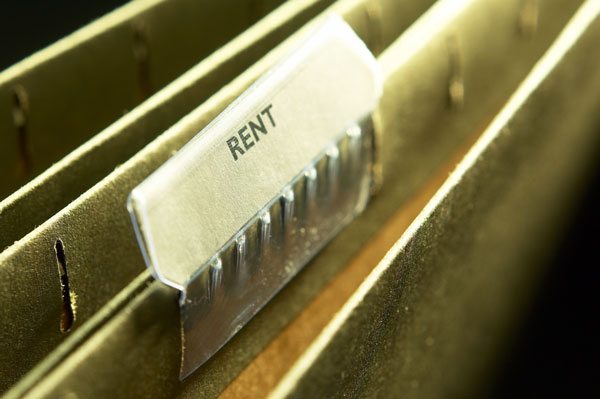Buy to Let
Rents down but tenants still struggle

Average monthly rents in England and Wales fell for the second consecutive month in December to
This represented a 0.9% drop on November’s figure, hitting levels last seen in August 2012.
However, according to the latest Buy-to-Let Index from LSL Property Services plc, December’s average rent was still 3.2% higher than a year before, with many tenants struggling to afford the cost of housing and arrears worsening.
At the end of December £326m worth of rents were late or unpaid, the highest figure since January 2012.
Average rents fell in seven regions in December, including falls of 1.7% in the East of England and North East, 1.5% in London and 1.3% in the South East.
Three regions saw monthly increases, with the West Midlands up1.3%, the South West up 0.9% and Wales up 0.4%. On an annual basis, average rents are higher than they were a year ago in eight out of ten regions, with London up 6.3% and the South East up 3.9%.
David Brown, commercial director of LSL Property Services, said:
“Rents may have returned to August levels but it’s a seasonal blip rather than an about-turn in the market. Tenants were in a stronger bargaining position as landlords reduced rents to fill empty properties in the slower winter months, yet as the New Year progresses the underlying weakness in the mortgage market will mean competition will heat up once more.
Long-term problems remain for new buyers looking to leave the rental market, and Funding for Lending is proving a double-edged sword. While rates are coming down for those with large deposits, extremely low saving rates are hitting those still trying to pull together a deposit – a problem accentuated by the record low base rate.”
Total annual returns on rental property rose to 6.2% in December, representing an average return of £9,986 with rental income of £7,835 and a capital gain of £2,150.
Brown said: “So long as there’s an underlying shortage of mortgage finance at high LTVs and a shortage of property being built, there’ll be people queuing up to rent a home. There’s still a wave of renters who in previous decades would already be homeowners – and despite more products for first-time buyers becoming available, criteria remain strict.
“Stronger lending at lower LTVs is helping landlords cater for these people, but can’t clear the five year old backlog of demand that will underpin rental yields. Landlords have also seen capital gains coming back into play in several areas, particularly in London where this is a large part of the average landlord’s £26,000 total annual return.”
The total amount of rent late or unpaid increased to the highest level since August 2012, with total arrears of £326m, up from £241m in November. This equates to 10.1% of all rent across England and Wales, while November’s arrears represented 7.4% of all rent.
Brown concluded: “After two months of improvements, the festive period has taken its toll on tenants’ finances. December always sees a step backwards, and last month was no exception as the total amount of rent owed hit levels not seen since last Christmas.
“In the absence of real salary increases in 2012, the additional burden of higher rents was met by tenants cutting back on other essentials. But over December, the month’s extra spending has led to many more falling behind again. In the longer term, with rents likely to rise, falling arrears will be tied to the labour market moving forwards, rather than retreating.”